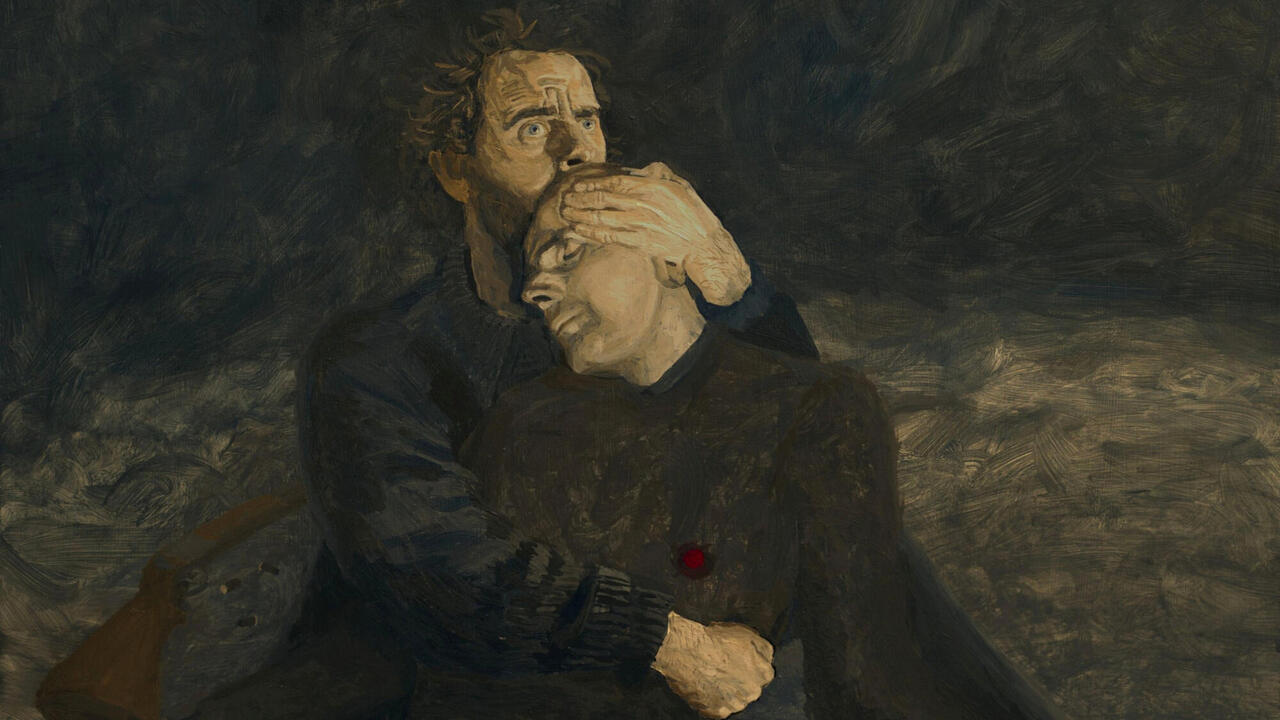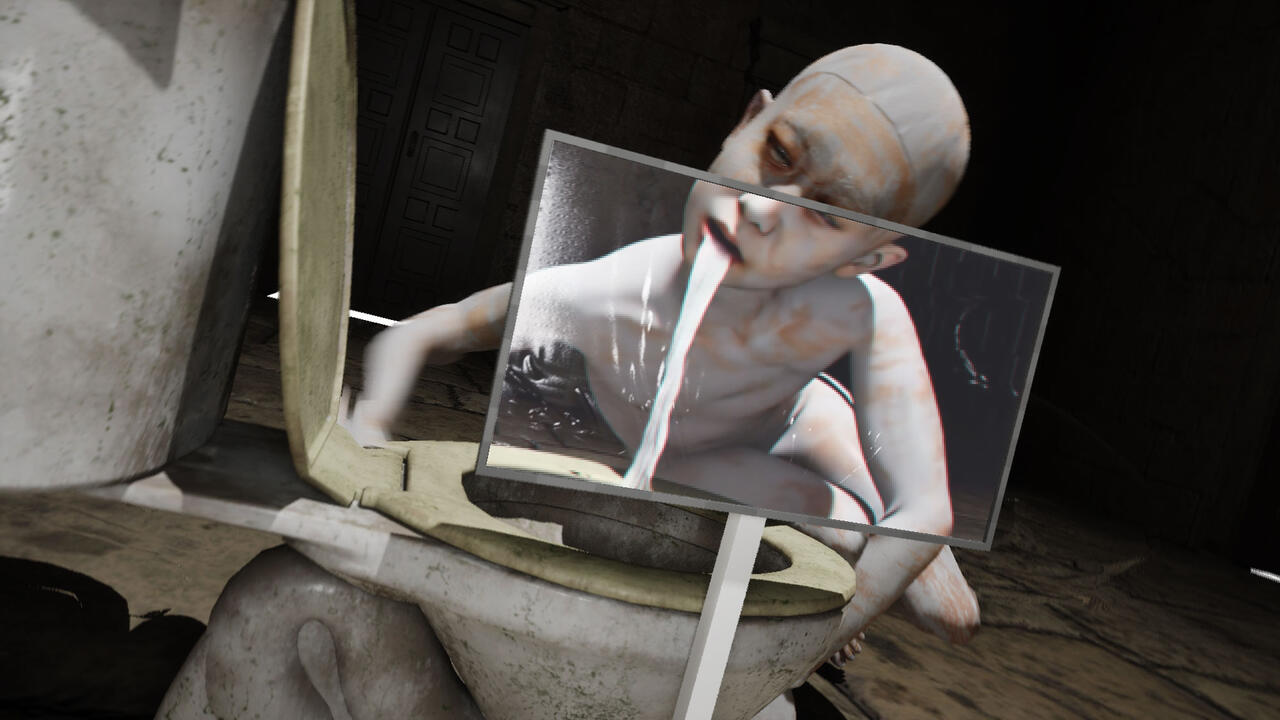Music & Theory
The ‘pale theory boys’ and the intoxicating influence of critical theory on music journalism
The ‘pale theory boys’ and the intoxicating influence of critical theory on music journalism
When people talk about ‘theory’ in music writing – and when I say ‘talk about’, usually that’s ‘complain about’ – two adjacent but separate activities are typically conflated. There’s theorizing in the sense of music journalism that goes beyond consumer guidance reviewing or celebrity profile-style interviewing, that attempts a bigger-picture view of where music is at, the evolution of genres, what scene Y or sound X might have to tell us about broader sociocultural trends. Nowadays, with shrinking word-counts and folding magazines, there’s less space(s) for that kind of theorizing, but it still goes on a fair amount. The other sort of ‘theorists’ operating within music journalism have always been much fewer in number and far less tolerated, and that’s the kind who deploy riffs and terminology borrowed from philosophy and critical theory.
Conflating the two is understandable. For those opposed to ‘over-intellectualizing’ and ‘pretentiousness’, the fine distinction is irrelevant: it’s all just crap that ought to be cut. (This was the impetus that led to the formation of Q magazine, the British music monthly, in 1986.) It’s also true that the two kinds of theory-mongering sometimes go together: critics who are into macro-level, Zeitgeist-y analysis are often also avid readers of critical theory who get a kick out of droppin’ some of that science in print. That said, there have been loads of intellectually high-powered journalists all through the history of the UK music press – Ian MacDonald, Richard Williams, Jon Savage, and so on – who did not go in for self-preening displays of their erudition, even when they were academics by day (such as Professor Simon Frith). It has actually been the autodidacts, the rock writers who never went to university, who’ve been most prone to speckling their reviews and interviews with soundbites from great thinkers.
The two most (in)famous of these ‘pale theory boys’ were Paul Morley and Ian Penman, both of whom skipped higher education and went straight to the music press. The legend goes that, within a few short years, this pair halved the New Musical Express‘s circulation from its quarter-million-plus peak in 1979, with their Derrida quotations and pun(ctuation) games. The alienated readership of the NME and the other weekly music papers would become the market that Q into tapped with its orientation towards bluff, no-nonsense interviews and reviews you could actually rely on for consumer-guidance purposes. But the NME itself would also shift towards a more accessible, intellectually toned-down direction in an attempt to win back that lost audience.
Having been a teenager and student in the late ‘70s and early ‘80s, I was part of the small minority of the NME‘s readership which mourned the passing of the era when manifestos masqueraded as reviews and interviews were closer to think-pieces (the band jutting in now and then amid the epigrams from Roland Barthes and Michel Foucault). The theory-crazed heyday of Morley, Penman and other NME eggheads was something that I and a clutch of comrades later tried to restage at Melody Maker, albeit adapted to the changed musical circumstances of the late ‘80s, with rap and neo-psychedelic underground rock having replaced post-punk. Around that time I actually got to meet some of my former heroes who had long since departed the NME: writers like Barney Hoskyns, whose Nietzsche-infused ravings literally changed my life, and Chris Bohn, who lent me his copy of Julia Kristeva’s Powers of Horror: An Essay on Abjection (1982). (Which reminds me: as an MM staff writer I did the odd moonlight review for another publication under the alias of Julie Kristeva – a twin homage to the semiotic theorist and to NME’s punk-era firebrand Julie Burchill.)
The appeal of theory is precisely its power to intoxicate.
While the phrase itself has faded away, the ‘pale theory boy’ stereotype is an enduring one, and is worth closer inspection. ‘Boy’ is certainly accurate enough: the theory-toting strand of music journalism has tended to be even more of a male pursuit than rock criticism usually is. But ‘pale’ is the revealing word, indicating the stereotype’s source in a certain kind of hearty, ruddy-faced English anti-intellectualism. The insinuation is that there’s something unwholesome, even debilitating, about reading: it’s an effete indoor pastime liable to make you anemic if taken to excess. Even commentators sympathetic to the new hyper-intellectual, think piece-oriented direction we pursued at MM took to suggesting – in print – that your pale theory boys were probably not very good in bed, or really just needed a good shag, and at any rate wouldn’t know how to throw a party properly.
The funny thing about this is that some of the pale theory boys were actually piss artists of prodigious proportions. Any pallor was likely to be the result of dissipation; in a couple of notable cases, hedonism was pursued so ferociously that careers were derailed. I mention this not to counter the ‘bookworm = cold fish’ canard of commonsensical Englishness (which imputes humour-deficiency to every kind of radical, from feminists to Marxists), but to introduce the key element of my argument: that the appeal of theory is precisely its power to intoxicate. Far from being born of a cold-blooded drive to dissect and demystify, the attraction of critical theory (especially the French kind) was that it set your brain on fire. Its deployment in the grubby pages of the weekly music press, in between ads for student rail cards and news items about Wonderstuff tours, might well have seemed both absurdly incongruous and ostentatious, but I don’t believe the primary impulse was to show off or to make a clumsy bid for high-cultural prestige. Rather, it was the expression of a fan-boy enthusiasm for texts that seemed to writhe with the same unruly and reality-rearranging energies as the music. There was sheer delight in finding (in my case) a passage of Georges Bataille or Gilles Deleuze and Félix Guattari or Paul Virilio that seemed to uncannily fit the Butthole Surfers or Can or the emerging pirate radio sound of jungle. Theory seemed to provide genuine illumination into qualities and powers possessed by the music. But beyond that the combination of the ideas and the music had a potentiation effect, to use the pharmacological term for when two drugs synergize to create a fiercer buzz.
What you get in the best of the British school of pallid theory is a kind of eroticized hermeneutics, a libidinized delirium of over-interpretation.
A far more telling critique of music journalists’ use of theory would be the one actually made by some academics over the years, which is that it’s sloppy and undiscriminating, not grounded in systematic reading but merely a random ransacking of books for flashy sound-bites that are poorly understood or even used for purposes at odds with their original intent. But in a way this non-reverential, improperly-footnoted approach confirms my sense that more often than not there was a great playfulness and mischievous exuberance involved in the use of theory by certain music journalists, a voluptuous pleasure in both theoretical language (the French thinkers were all flamboyant stylists) and the sensation of having one’s mind stretched. It’s no coincidence that the big concept that the pale theory boys latched onto was jouissance. Another point worth making is that for many of the in-vogue philosophers – Barthes, Deleuze and Guattari, Nietzsche – music was absolutely central.
In the ‘90s, the UK weekly music press moved away once again, and finally, from hyper-intellectualism. If you wanted a theory-inflected angle on popular culture, you had to look elsewhere. One seemingly unlikely haven for it was the style press of i-D and The Face, the stomping ground for journalists like Kodwo Eshun, David Toop, and the duo Steve Beard and Jim McLellan. You could also find this kind of writing in art magazines like Artforum and frieze. Above all, there was The Wire: Mark Sinker (NME‘s last pale-in-spirit theory boy) took over its editorial reins for a highly experimental run (Michael Jackson on the cover; theme issues on punk, music and politics, rhythm, and so forth) that accelerated the magazine’s evolution from a jazz journal to its ongoing status as a bastion for high-powered analysis of left-field musics of all sorts. (Current editor: former NME pale theorist Chris Bohn.) Although its writers rarely quote philosophers, The Wire regularly runs think-pieces and overview essays and its roster includes Rob Young, Philip Sherburne, Michael Bracewell, etc – that is, many of the brainiest writers on music currently active.
In the noughties, the generation that grew up on the late ‘80s and early ‘90s MM and the style press or Wire writing of Eshun, Toop et al, surfaced online, with theory-mongering of both the big-picture and philosopher-sampling kinds flourishing in blogs and on message-boards (such as I Love Music and Dissensus). Of particular note here are the constellation of blogs clustered around Mark Fisher’s k-punk, some of which are written by practicing philosophers or others involved in lumpen academia (a comment on its economic precariousness not the quality of the output, which can be extraordinarily high). Many of the new-school bloggerati are now putting out short books, under Fisher’s editorial stewardship, for the imprint ZerO, although for the most part music is one of several areas of culture discussed in any given work, alongside film, fiction, architecture, and so forth. In this milieu, the theory-gods have moved with the times: you’re less likely to come across references to Baudrillard or Hélène Cixous – instead it’ll be names like Alain Badiou or Slavoj Žižek that get dropped.
Some of these bloggers also make music, which brings me to the role of the musician-theorist as a presence in the UK music press, either as interviewee or a contributor. From Brian Eno and Malcolm McLaren to Green Gartside and Momus, some of the most provocative and influential ideas about music have come from those actively involved in its practice, and their thinking has often been informed by philosophy and art theory.
My historical overview has been necessarily UK-centric so far: that’s what I know most about, as a reader and as a perpetrator. With European pop criticism, I’m hampered by my inability to read anything but English: I gather, though, that Germany has a strong tradition of music journalism that draws heavily on critical theory and left-wing politics, starting with the magazine Spex. As for America, my impression is that theory of the name-droppy sort never enjoyed much of a vogue, even though deconstruction was rife in US colleges during the ‘80s. The American critics who go in for it are rarely autodidacts like their UK counterparts; generally they’ll have studied this stuff in academia, and may well still be in academia. For instance, Richard Meltzer’s dense 1970 treatise The Aesthetics of Rock, whose approach anticipated deconstruction, was partly written when he was a philosophy postgraduate at Yale. But overall, the American rock critical tradition draws more on literary criticism, political science and history. Its roots in liberal populism (a politics of frustrated patriotism in which a rebirth of American democracy is fervently wished for) usually ensures that there’s a commitment to the colloquial, to the ideal of being understood by the common reader. As a result, even at its most knottily thoughtful – as with those founding fathers of the profession, Greil Marcus and Robert Christgau – American rock criticism tends to avoid clunky jargon or obviously academic language. The avatar here would be Pauline Kael’s humour-laced conversational lucidity, as opposed to the manifesto-like starkness of Susan Sontag (memorably savaged by Marcus as an essentially un-American cold fish compared to his heroes Kael and Leslie Fiedler).
Despite legends like Marcus and Lester Bangs being at their most active – or in the latter’s case, most alive – during the ‘70s, the golden age for American music journalism arguably took place in the ‘80s and ‘90s: not just in terms of the quality of output, but the viability of rock criticism as a career. Thanks to the profusion of city-based ‘alternative weeklies’ modeled on New York’s Village Voice and the growth of alt-rock national monthlies like Spin, the sheer amount of space for high-powered rock writing, and the word-rates it commanded, were at their height. Writers for the Village Voice‘s music section (as edited by Christgau and his successors) could assume that a large proportion of their readership was left-liberal, culturally literate and not averse to a wee bit of pretentiousness. In this milieu you would encounter writers who did flex a bit of theory: Greg Tate, who consciously aimed to map French Post-structuralism onto Afro-centric cultural politics; the techno-gnostic Erik Davis; Joshua Clover, whose book about pop in 1989, the year that history ‘ended’, is about to be published by University of California Press; renegade rock critic Frank Kogan, who’s apt to reference Thomas Kuhn when discussing pop star Ashlee Simpson; and others. Also making waves on the ‘90s American alt-weekly and alt-rock mag scene was a feminist school of rock criticism pioneered by Ann Powers and Evelyn McDonnell, which – while discreet about name-dropping – was clearly acquainted with the latest ideas to do with gender construction, queer theory, and so forth.
Generalizing wildly, I’d argue that the higher echelons of American music writing are oriented more to significance than to jouissance, resonance rather than rapture. (Hence that blend of vernacular and lofty that reaches its highest heights with the work of Greil Marcus.) Sontag declared herself against interpretation, calling for ‘an erotics of art’; what I think you get in the best of the British school of pallid theory is a kind of eroticized hermeneutics, a libidinized delirium of over-interpretation. Sonic bliss (Barthes’ grain of the voice, the frenzy of rhythm, the voluptuousness of timbre and texture) is intensely meaningful – but equally, the excess of significance that is read into music can be almost orgasmic. I come back once more to the idea of theory as an intoxicant. The combination of listening to the music and reading all these dizzy-making ideas, then coming up with purple prose-poetry assisted (for some of us, anyway) by various substances, was all about a quest for grandiosity – the messianic rush of ‘I have seen the light’. The quoting from philosophers over-indulged in by myself and my peers, and earlier by our role models, was perhaps closer to being a drug-pusher than anything else, the motivation less to do with impressing the readers than turning them on: ‘C’mon, try it, try it… This will really take you places.’












